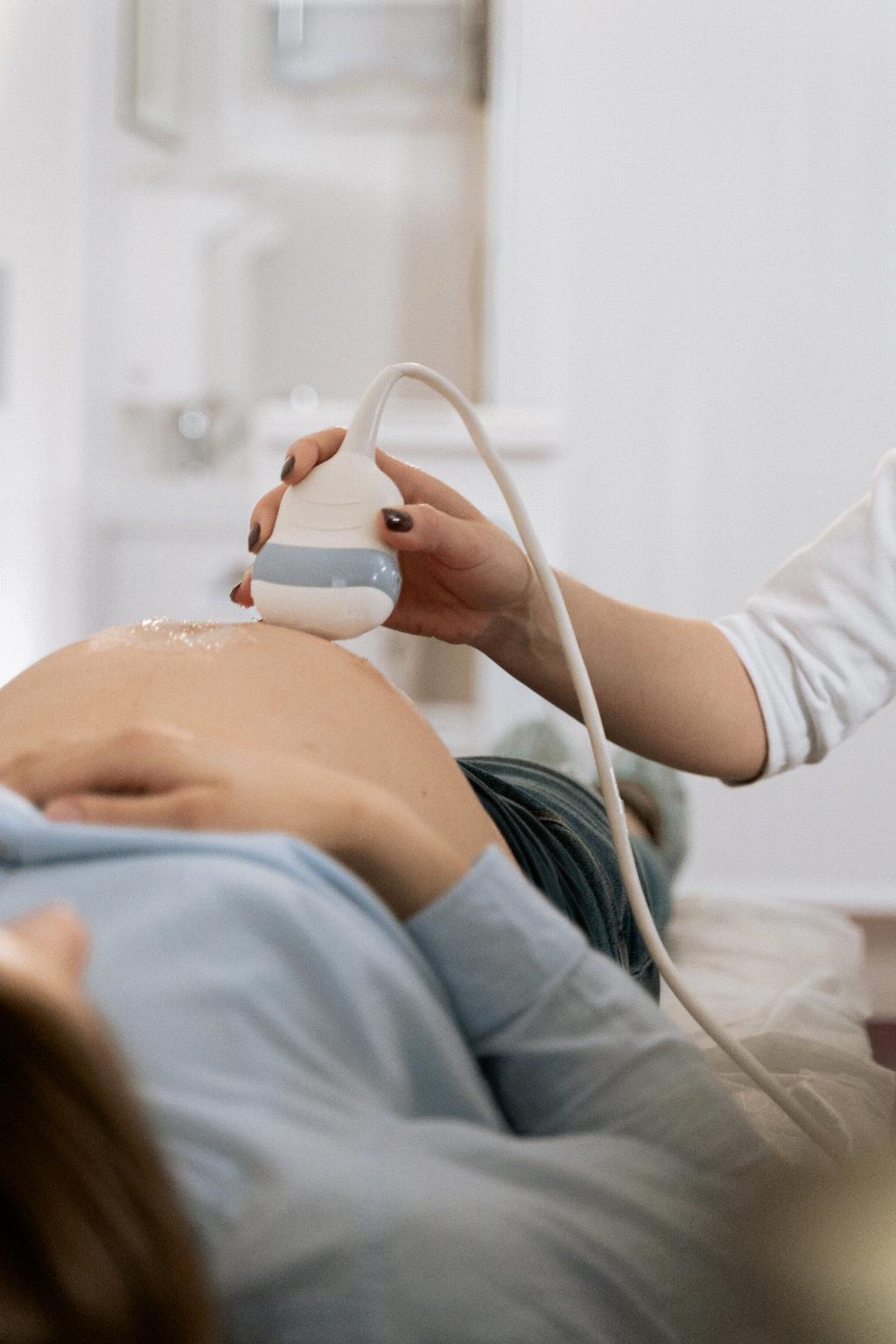If you have ever wondered about the incredible advancements in medical technology, look no further than Victoria, a cutting-edge “patient simulator” that has revolutionized medical training. Victoria is no ordinary robot – she is a highly realistic and sophisticated simulation tool used in training exercises at esteemed institutions like Columbia University-New York Presbyterian Hospital.
Victoria’s capabilities go beyond the ordinary; she can simulate a wide range of medical scenarios with incredible accuracy, providing students and healthcare professionals with invaluable hands-on experience in a controlled environment. One of the most remarkable demonstrations of Victoria’s capabilities was her emergency c-section, a procedure that displayed her lifelike features and intricate design.
During the medical training exercise at Columbia University-New York Presbyterian Hospital, Victoria showcased her ability to mimic the complexities of childbirth through the emergency c-section simulation. The event not only highlighted the advancements in medical simulation technology but also underscored the importance of hands-on practice in preparing healthcare providers for real-life situations.
The significance of Victoria’s performance in the emergency c-section cannot be understated. By accurately mimicking the process of childbirth, she showcased the level of detail and realism that modern patient simulators can achieve. This realistic simulation allows participants to experience the challenges and nuances of delivering a baby in a controlled setting.
Victoria’s contribution to medical training extends beyond just the technical aspects of childbirth simulation. She represents a paradigm shift in healthcare education, offering a dynamic and interactive platform for learners to engage with complex medical scenarios. Through her lifelike features and advanced functionalities, Victoria bridges the gap between theory and practice.
As a cutting-edge “patient simulator,” Victoria embodies the evolution of medical education, blending innovation with practicality to enhance the learning experience for aspiring healthcare professionals. Her ability to replicate real-life medical situations, such as the emergency c-section, allows students to develop critical thinking skills and clinical expertise in a risk-free environment.
Victoria’s role as a simulation tool goes beyond just training exercises; she serves as a catalyst for continuous improvement in medical education. By providing a realistic and immersive learning environment, she empowers students to hone their skills, build confidence, and navigate challenging medical scenarios with precision and poise.
The emergency c-section simulation performed by Victoria not only showcased her technical prowess but also highlighted the collaborative nature of modern medical training. Through interactive and engaging sessions, participants can work together, exchange knowledge, and refine their clinical abilities, all under the guidance of experienced instructors.
Victoria’s ability to undergo complex medical procedures like the emergency c-section with precision and authenticity underscores the transformative impact of simulation technology in healthcare education. By offering a safe yet realistic environment for learners to practice critical skills, she empowers future healthcare providers to deliver patient-centered care with confidence and competence.
In essence, Victoria, the robot who gave birth during the emergency c-section simulation, represents a convergence of cutting-edge technology, innovative education, and compassionate healthcare. Her contribution to medical training exemplifies the commitment to excellence and continuous improvement in preparing the next generation of healthcare professionals for the dynamic challenges of modern medicine.
As we reflect on Victoria’s remarkable performance and the transformative potential of simulation technology in medical education, one thing is clear – she is not just a robot; she is a symbol of progress, innovation, and humanistic healthcare delivery. Her legacy will endure as a beacon of inspiration for those dedicated to advancing the frontiers of medical science and education.

